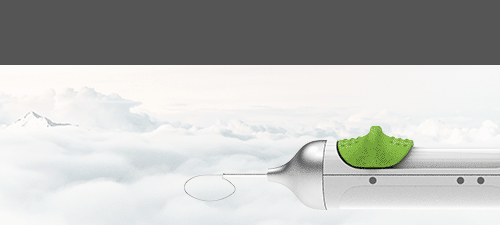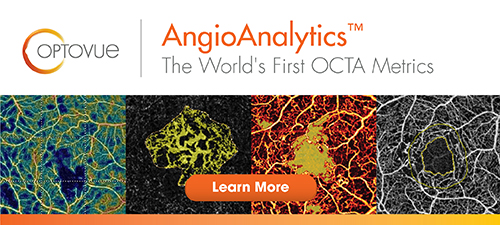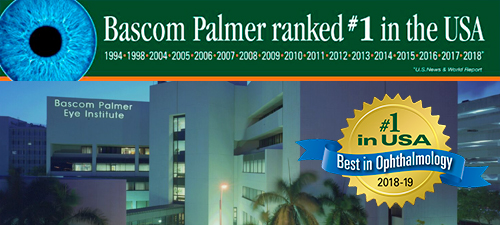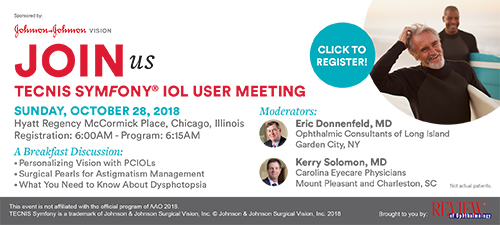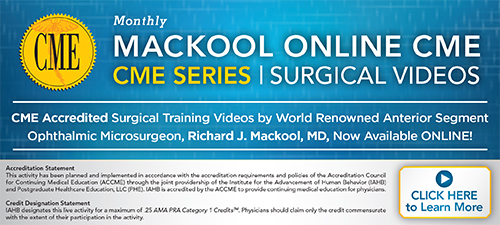FROM THE EDITORS OF REVIEW OF OPHTHALMOLOGY:

Volume 18, Number 39 |
Monday, September 24, 2018 |
|
SEPTEMBER IS HEALTHY AGING MONTH |
|
||||
|
Evaluating Anterior Chamber Volume Post-Cataract Surgery With SS-OCT Scientists assessed changes in anterior chamber volume with swept-source optical coherence tomography after cataract surgery in addition to factors that influenced the ACV changes, as part of a prospective cohort study.
|
|
| SOURCE: Chen M, Hu H, He W, et al. Observation of anterior chamber volume after cataract surgery with swept-source optical coherence tomography. Int Ophthalmol 2018; Sep 4. [Epub ahead of print]. |  |
|
OCTA Retinal Flow Density for Detection of Nonperfused Areas in DR Researchers wrote that fluorescein angiography has been used for qualitative detection of retinal nonperfused area in diabetic retinopathy. Recently, they added, optical coherence tomography angiography reportedly has been useful for the quantification of retinal vascular disorders in DR. Researchers assessed whether retinal flow density measurements by OCTA were useful for NPA detection in DR.
|
|
| SOURCE: Kaizu Y, Nakao S, Sekiryu H, et al. Retinal flow density by optical coherence tomography angiography is useful for detection of nonperfused areas in diabetic retinopathy. Graefes Arch Clin Exp Ophthalmol 2018; Sep 6. [Epub ahead of print]. |  |

|
|||||||||||||||
 |
|||||||||||||||
Review of Ophthalmology® Online is published by the Review Group, a Division of Jobson Medical Information LLC (JMI), 11 Campus Boulevard, Newtown Square, PA 19073. To subscribe to other JMI newsletters or to manage your subscription, click here. To change your email address, reply to this email. Write "change of address" in the subject line. Make sure to provide us with your old and new address. To ensure delivery, please be sure to add reviewophth@jobsonmail.com to your address book or safe senders list. Click here if you do not want to receive future emails from Review of Ophthalmology Online. Advertising: For information on advertising in this e-mail newsletter or other creative advertising opportunities with Review of Ophthalmology, please contact sales managers James Henne or Michele Barrett. News: To submit news or contact the editor, send an e-mail, or FAX your news to 610.492.1049 |
